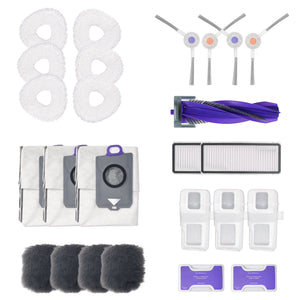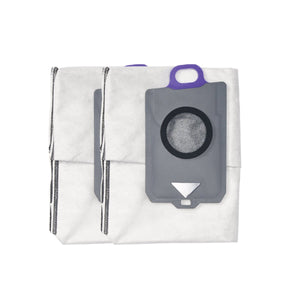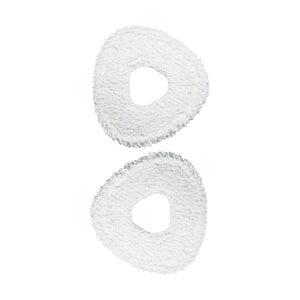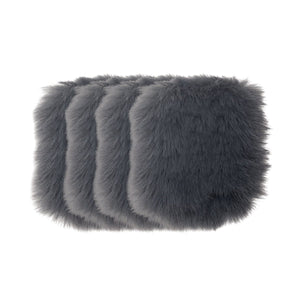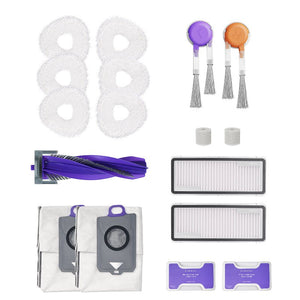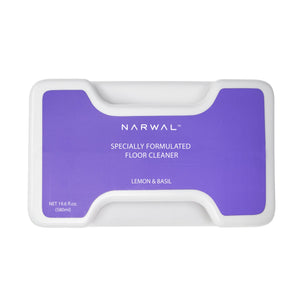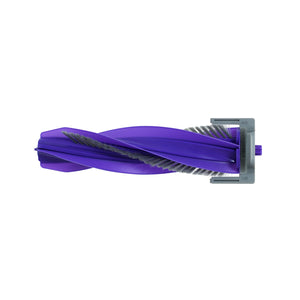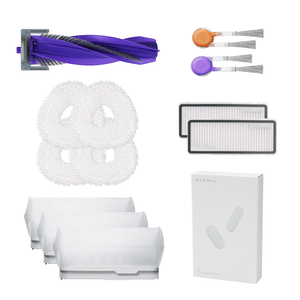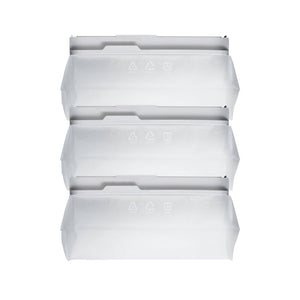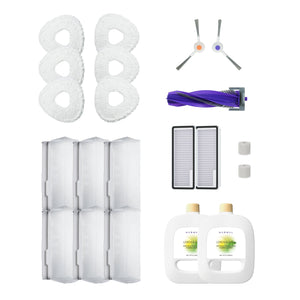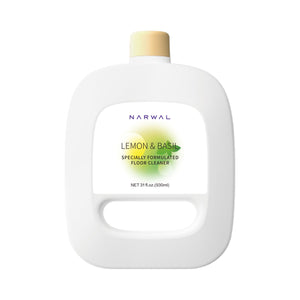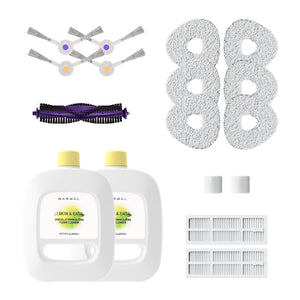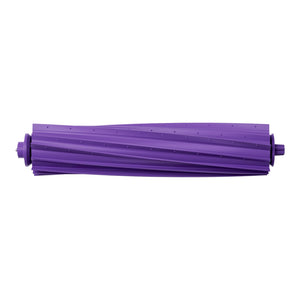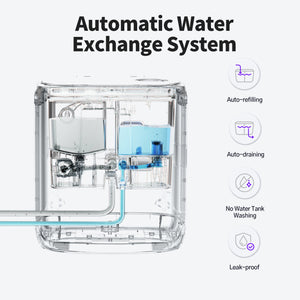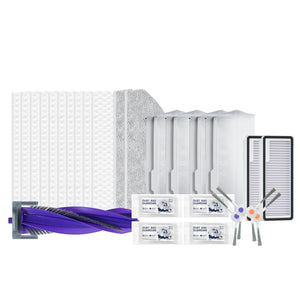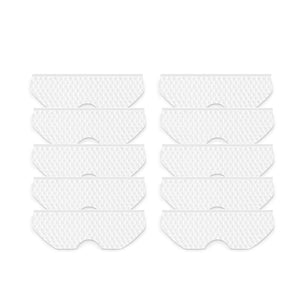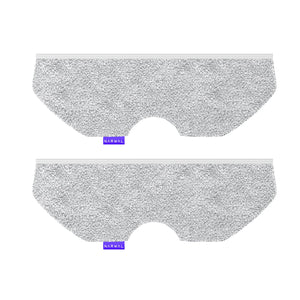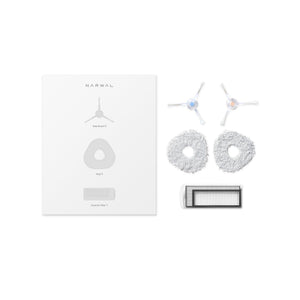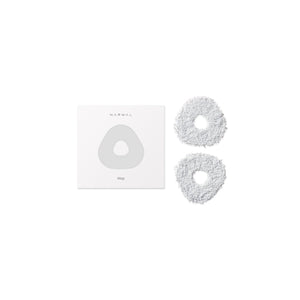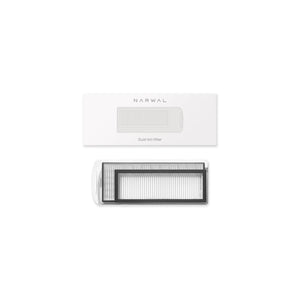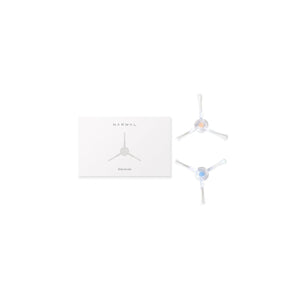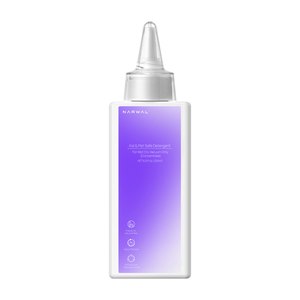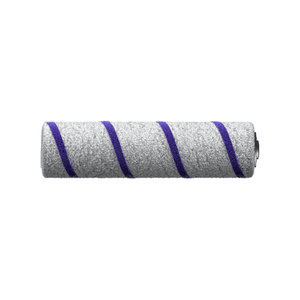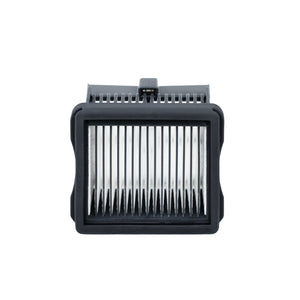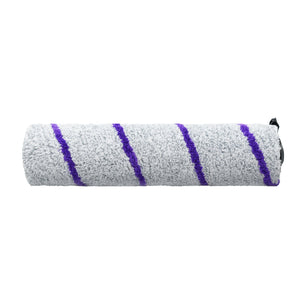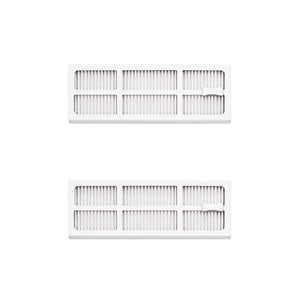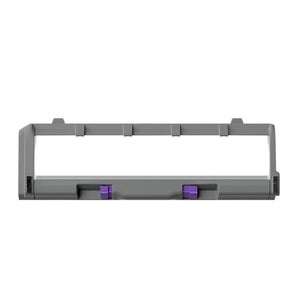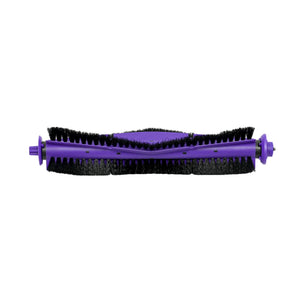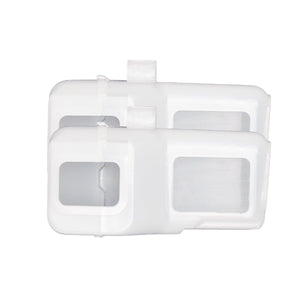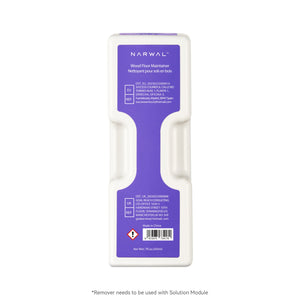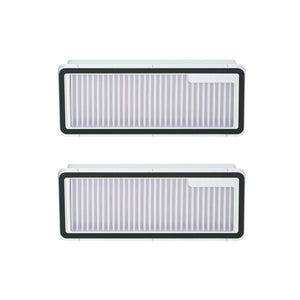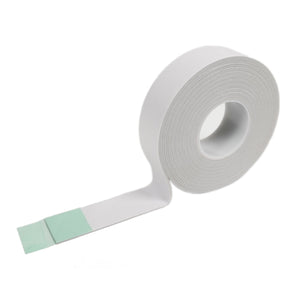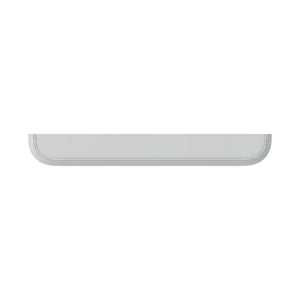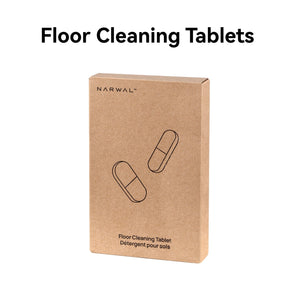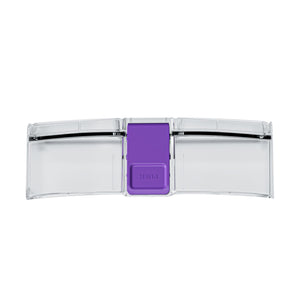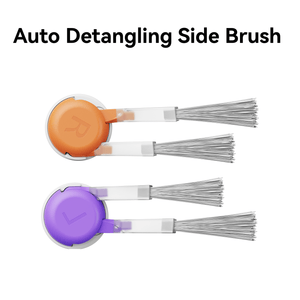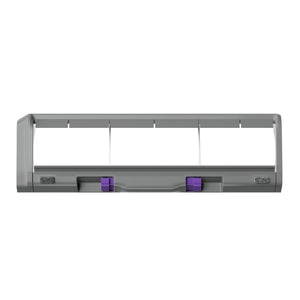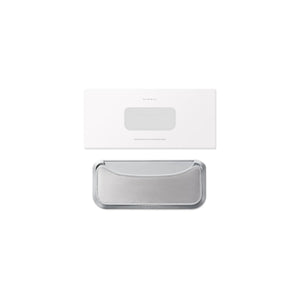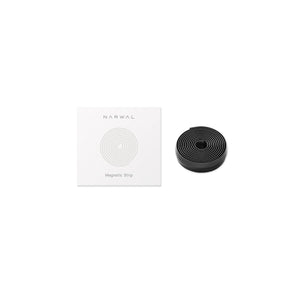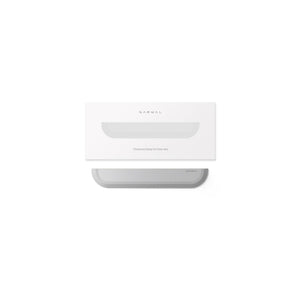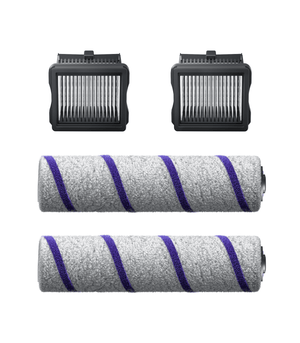Yes, robot vacuums can help reduce allergies. They clean more often than most people do manually, picking up dust, pet hair, and pollen before these allergens spread. With less buildup, the air stays cleaner—and so do your floors.
Some models are designed as anti-allergen vacuums. These use sealed systems and HEPA filters to trap fine particles like dust mites and pet dander, instead of letting them back into the air.
Robot vacuums help in three key ways: they clean on a schedule, filter out tiny allergens, and reduce your contact with dust. Choosing the right one matters—features like strong suction, smart navigation, and sealed dust bags can make a big difference.
We’ll also share top models that work especially well in homes with pets, carpets, or high sensitivity to dust.
How Do Robot Vacuums Help with Allergies?
Robot vacuums help by doing three things well: they clean more often than most people do manually, they trap fine allergens through advanced filters, and they reduce your exposure during cleanup. These small differences add up, especially if you live with pets, carpets, or seasonal triggers like pollen.
Here’s how each of these features works to make your home more allergy-friendly:
Regular cleaning, without the hassle
Robot vacuums run on a schedule. You can set them to clean every day, even when you're not home. This keeps floors clear of dust, pollen, and pet dander—before they have time to settle and spread. With fewer allergens on your floors, your air stays cleaner, too.
HEPA filters trap what you can’t see
Many robot vacuums include HEPA or high-efficiency filters. These are designed to catch tiny particles—like dust mites and pet allergens—as small as 0.3 microns. Without a proper filter, these particles can get blown back into the air. With one, they stay locked inside the vacuum.
Strong suction matters
Not all vacuums can pull allergens out of carpets or cracks in hardwood floors. Models with higher suction power can do that better. This means more dust and dander actually gets removed—not just moved around.
Less contact with allergens
If emptying the vacuum bin makes you sneeze, you're not alone. Some robot vacuums come with self-emptying systems and sealed dust bags. You don’t have to open the bin every day, which lowers your chance of breathing in what you just cleaned up.
Smarter cleaning, better coverage
Robot vacuums with good mapping systems clean more completely. They move in clear patterns, cover corners, and avoid missing spots under beds or around furniture. That’s important because allergens love hiding where we don’t often clean.
Robot vacuums don’t just help clean your floors. They help control the things that trigger your allergies, day after day, without much effort from you.
What Are the Benefits of Using a Robot Vacuum for Allergy Control?
Using a robot vacuum can significantly help with allergy control by improving indoor air quality, utilizing advanced filtration systems, and maintaining regular cleaning schedules.
Improved indoor air quality
Robot vacuums can help improve indoor air quality by continuously eliminating dust, pet hair, and other allergens from your floors. Unlike traditional vacuums, they can be set to clean on a daily basis, reducing allergies. This constant removal of dust particles helps reduce the overall allergen load in your home, making it a healthier environment for allergy sufferers.
Advanced filtration systems
Many robot vacuums feature advanced filtration systems, like HEPA filters, designed to trap tiny particles that can cause allergies. HEPA filters may catch particles as tiny as 0.3 microns, effectively reducing the amount of dust, pollen, and pet dander in the air. This helps prevent these allergens from being recirculated into the air while the vacuum is in use.
Regular cleaning schedules
One of the most significant advantages of robot vacuums is their ability to maintain a regular cleaning schedule. You can set them to clean at specific times, ensuring your floors are always free of dust and allergens. This is especially useful for allergy sufferers because it keeps allergen levels consistently low without the need for manual vacuuming. Regular cleaning schedules result in reduced allergy buildup, making your home cleaner and healthier.
What Are the Features to Consider When Choosing a Robot Vacuum for Allergies?

When choosing a robot vacuum to help with allergies, it’s important to look for features like HEPA filters, strong suction power, smart navigation and mapping, and large dustbins.
HEPA or High-Efficiency Filters
Filters are your first line of defense. HEPA filters trap particles as small as 0.3 microns, including dust mites, pollen, and pet dander. Some models use E11 filters, which aren’t quite as fine, but still effective for most households.
Make sure the vacuum uses a sealed system, so allergens don’t leak back into the air. Also check whether the filter is easy to replace, and how often it needs changing—this affects long-term performance.
Strong Suction
To remove allergens properly, the vacuum needs enough force to pull dust out of carpet fibers and floor gaps. Look for models with high suction power, especially if your home has pets or thicker rugs.
Smart Navigation
Random movement isn’t enough for full allergen control. Vacuums with laser or LiDAR-based navigation follow a clear, efficient route and clean edge to edge. They also do better at reaching dust under beds or around furniture—places you might not vacuum often yourself.
Further Reading: Mastering Robot Vacuum Navigation: A Comprehensive Guide
Sealed Dust Bags or Easy-Empty Bins
Some vacuums come with sealed bags that trap dust securely and hold more debris between emptying sessions. This lowers your chance of touching or breathing in what’s collected. Even with a bagless model, a large-capacity bin that empties easily helps limit allergen exposure.
Pet-Friendly Design
If you have pets, look for features that handle hair and dander well. A tangle-free brush is especially useful for long-haired pets, as it keeps cleaning efficient and lowers maintenance.
Other Helpful Features
Some extras aren’t required, but they make daily cleaning easier:
-
Mopping attachments help remove fine dust from hard floors.
-
Multi-floor memory is useful if your home has more than one level.
If you run the vacuum at night, check the noise level—models that operate under 65 dB are much quieter and less disruptive.

Best Robot Vacuums for Allergies: What We Recommend
Looking for the best robot vacuums for allergies? Here are four top picks that go beyond cleaning to help reduce dust, pet hair, and other common triggers. Based on features like filtration, suction power, and hands-free hygiene, we recommend the Narwal Freo X Ultra, Freo Z10, Freo Z Ultra, and the S20 Pro cordless vacuum mop—each designed to support a cleaner, healthier home for allergy-prone families.
Narwal Freo X Ultra – All-in-One Solution for Everyday Allergy Control
Freo X Ultra offers strong daily protection with a built-in HEPA filtration system, 8200Pa suction, and DirtSense™ technology, which adjusts cleaning power based on detected debris. The sealed dust bag and 7-week capacity reduce allergen exposure during disposal. It’s especially ideal for families who want hands-free cleaning with reliable allergen control.
[cta:narwal-freo-x-ultra-robot-vacuum-mop]
Narwal Freo Z10 – Best for Pet Hair and Edge-to-Edge Cleaning
Z10 features a zero-tangle brush system and dual-flow anti-hair wrap design, making it a great match for homes with pets. Its Dirtsense 3.0 detects and reacts to dirt levels in real time, and the triangular mop with 8N pressure ensures even edge areas and stubborn spots are cleaned effectively. The sealed antibacterial dust bag and hot-water mop washing (up to 75°C) support deeper hygiene and allergen removal.
[cta:narwal-freo-z10-robot-vacuum-mop]
Narwal Freo Z Ultra – Advanced AI Vacuum for Smart Allergy Management
With 12,000Pa suction, dual RGB cameras, and AI-driven real-time cleaning decisions, Z Ultra adapts dynamically to different mess types—dust, liquids, or hair. It uses thermal mop washing up to 167°F, keeps wet and dry waste separate, and self-empties quietly. The result: powerful allergen control with minimal noise and effort, ideal for high-sensitivity users and busy homes.
[cta:narwal-freo-z-ultra-robot-vacuum-mop]
Narwal S20 Pro – High-Powered Manual Care for Heavy Messes
For quick response to spills or deep floor cleaning, the S20 Pro cordless vacuum mop is a strong companion. With 20,000Pa suction, self-cleaning and drying at 149°F, and SGS-certified tangle-free performance, it’s especially useful in homes with kids, pets, and frequent hard floor messes. Though not robotic, it’s a great allergy-supporting tool for focused daily cleaning.
[cta:narwal-s20-pro-vacuum-mop]

Conclusion
A robot vacuum can be a game-changer for allergy sufferers. Its powerful suction, HEPA filters, and smart navigation keep your home clean and reduce allergens effectively. Regular cleaning schedules help keep dust, pollen, and pet hair at bay, ensuring a healthier living space. Take control of your allergies by investing in a quality robot vacuum like the Narwal Freo Z10. Enjoy a cleaner, fresher home and breathe easier!
FAQs
Are robot vacuums good for asthma?
Yes, robot vacuums can be very beneficial for asthma sufferers. They help maintain cleaner air by regularly removing dust, pet hair, and other allergens from your floors. Models with HEPA filters are especially effective at trapping fine particles that can trigger asthma symptoms.
Why do my allergies get worse after vacuuming?
Allergies can worsen after vacuuming because traditional vacuums often stir up dust, pollen, and pet dander, recirculating them into the air. Using a robot vacuum with a HEPA filter can help, as it traps these allergens and prevents them from being released back into your home.
How often should I vacuum if I have allergies?
If you have allergies, it's best to vacuum at least two to three times a week. For optimal results, using a robot vacuum with a HEPA filter daily can help keep allergens like dust, pollen, and pet hair at bay, ensuring a cleaner and healthier home.
What is the best robot vacuum for pets and allergies?
Models like the Narwal Freo Z10 and Freo Z Ultra are great choices. They offer strong suction, sealed filtration, and anti-tangle designs—perfect for homes with cats or dogs. Here are a guide of best robot vacuum for pets and allergies.
What machine is best for allergies (besides robot vacuums)?
Air purifier, dehumidifier, allergen-cycle washer, steam cleaner.
Do robot vacuums reduce dust?
Yes. With regular cleaning and strong filtration, robot vacuums help reduce dust buildup on floors and improve air quality.













